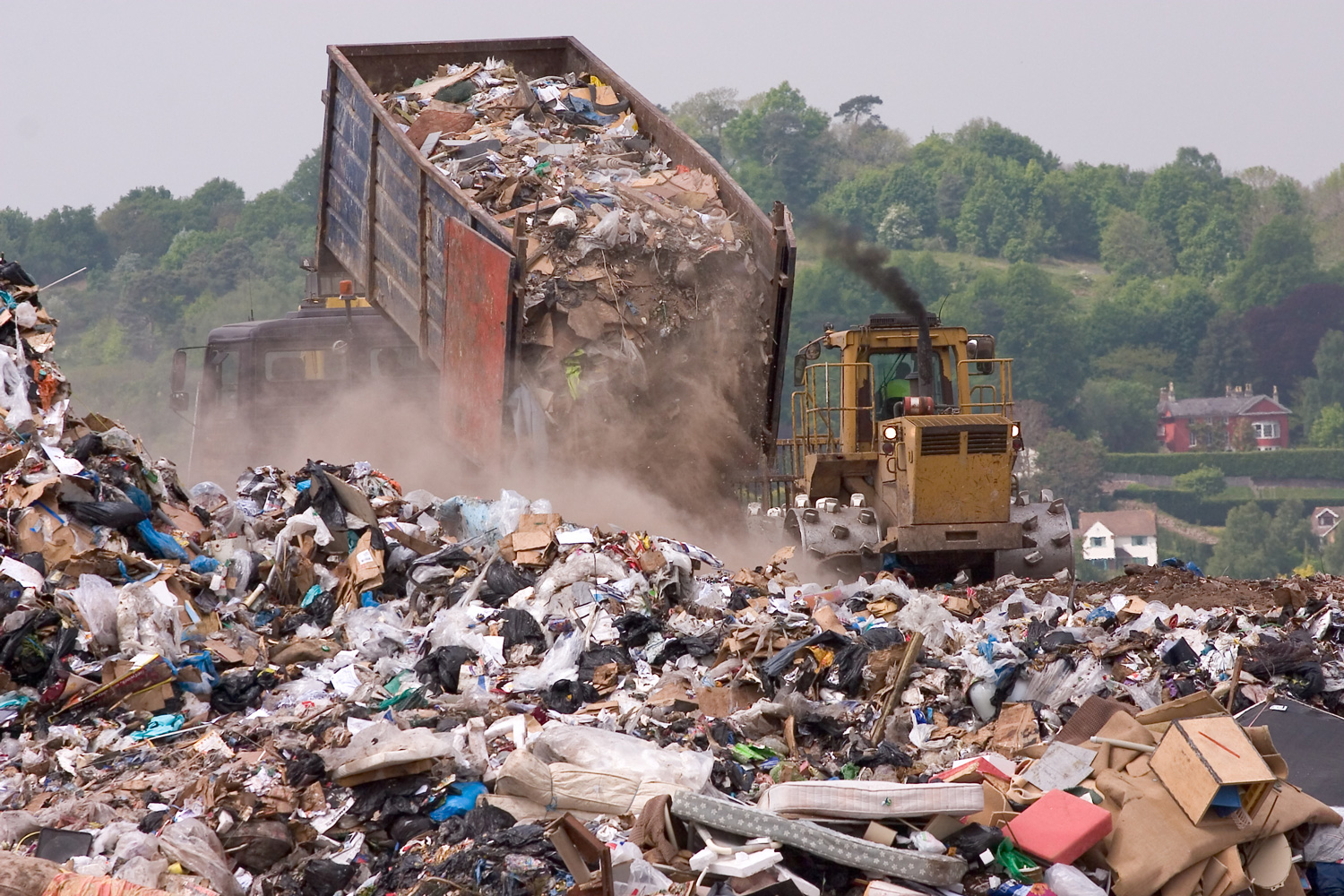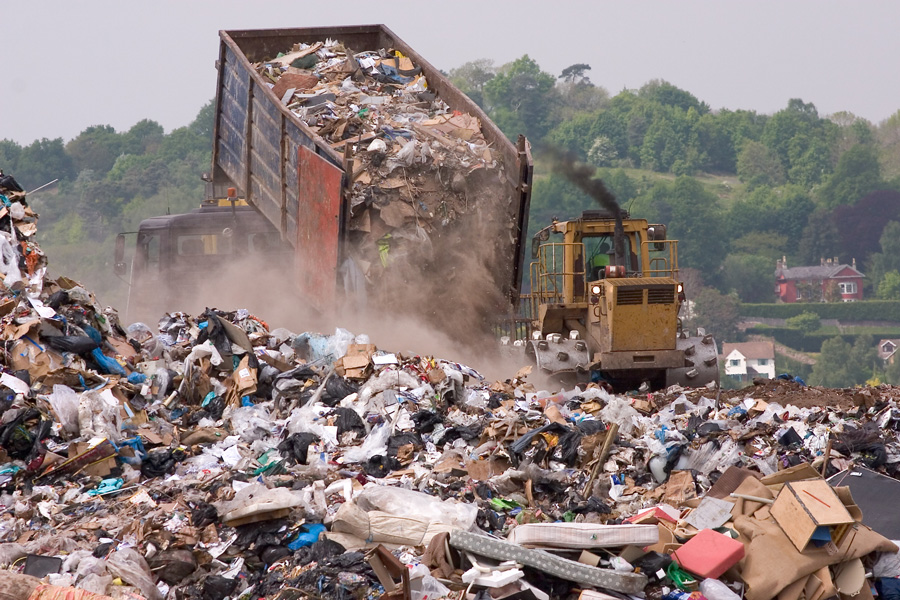Last modified on November 19th, 2024 at 9:09 am
What is Landfill Gas?
Landfills have created a procedure for collecting gas from their decomposing material. Landfill gas (LFG) is a byproduct of decomposing organic. The chemical composition of LFG changes over time between its aerobic (with oxygen) and anaerobic (without oxygen) phases. Depending on the phase, LFG could be composed of a multitude of gases which include Methane, Oxygen, Nitrogen, Hydrogen, and Carbon Dioxide. This type of decomposition is already happening in nature, landfills are collecting the biofuels and turning it into energy.
Why do we need to collect Landfill Gas?
Landfill gases are roughly 50%-55% Methane(CH4) and 40%-45% Carbon dioxide(CO2) when anaerobic conditions are reached – the last and steady state phase of the process. Methane is estimated to be 28-36 times more effective at trapping heat than carbon dioxide over a 100-year period. The rising temperature in Earth’s environment has already begun to affect our human and natural systems with increased droughts, floods, and other types of extreme weather such as sea level rise and biodiversity loss. These changes are causing unprecedented risks to vulnerable populations.
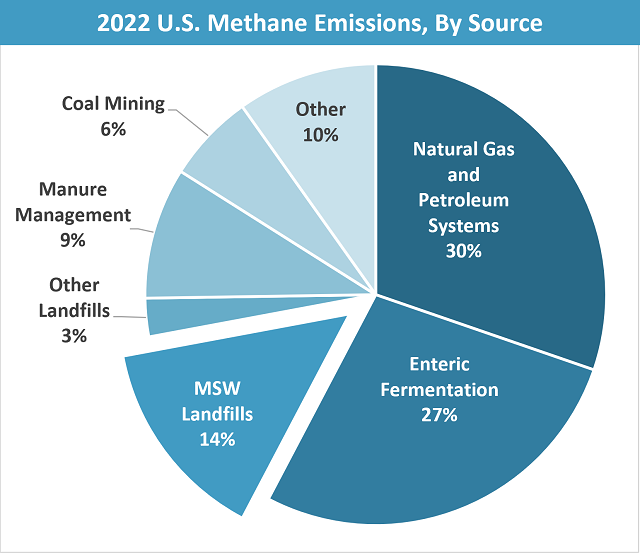
How much Landfill Gas is There?
Roughly 14% of emissions in the USA are from landfills. Landfills are collecting this gas to offset pollution. What is collected can be turned into energy. This would reduce the needs to dig, mine, or use other destructive processes to collect energy. An outline of methane emissions sources in the U.S. can be seen in figure 1.
How is LFG collected?
Landfill gas is extracted from the decomposing area by using vacuums or blowers, tanks, flanges, and pipeline systems similar to what we see in the oil and gas industry. This equipment can be prone to gas leaks and needs to be consistently monitored to ensure safety and efficiency. There are many ways a landfill might collect gas but a popular way of doing so can be seen in figure 2.
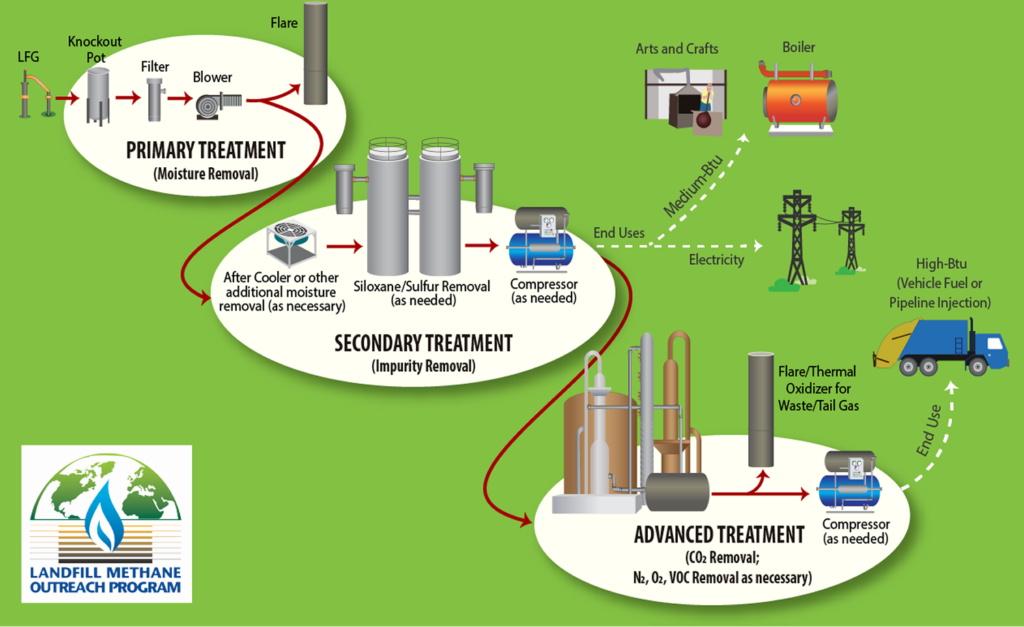
Who is Regulating this?
The EPA is imposing strict fines as part of their aggressive climate change initiative. The EPA’s top initiative for the 2024-27 cycle is specifically targeting methane emissions from landfills and other oil and gas facilities. Specific regulations are aimed at reducing methane emissions from landfills. The Clean Air Act (CAA) requires landfills to implement measures to control methane emissions. In one case, a landfill was fined $671,000 and forced to collect its landfill gas to help safeguard the local residents after they had complained for years.
The Waste Emissions Charge, which started in 2024 and is part of the Inflation Reduction Act, imposes a charge starting at $900 per metric ton of methane emissions that exceed the specified thresholds. This charge increases $300/yr until 2026, when it will reach a peak of $1,500 per metric ton. These regulations encourage early deployment of technologies and best practices to reduce methane emissions and other harmful air pollutants.
The EPA has implemented several regulations aimed at reducing methane emissions from landfills, primarily through the Landfill Methane Outreach Program (LMOP) and the New Source Performance Standards (NSPS) under the Clean Air Act. We have outlined the top 8 regulations. Overall, these regulations are enforced to ensure that landfills actively manage methane emissions and comply with established standards.
Sierra-Olympia is Helping to mitigate Leaks and Fines
In 2017 Sierra-Olympia released the Ventus OGI, an infrared camera that visualizes methane-based gases and can help detect gas leaks. The Ventus OGI has been a leader of the optical gas imaging industry, supporting the oil and gas sector in meeting their requirements for 0000A, B, C and Appendix K. While landfills face different regulatory challenges, Sierra-Olympia’s Optical Gas Imaging cameras offer effective solutions for addressing landfill gas collection issues. The Ventus OGI is mostly used for scheduled monitoring applications on fixed, mobile or handheld devices.
EPA Landfill Gas Regulations
- New Source Performance Standards (NSPS): This set of standards applies to new and existing landfills that have the potential to emit significant amounts of methane. Landfills must install gas collection systems and control devices to manage emissions. If they fail to meet these standards, they may face enforcement actions, including fines.
- Emission Guidelines: For existing landfills, the EPA has established emission guidelines that require operators to develop and implement a landfill gas management plan, which includes monitoring, reporting, and control measures. Non-compliance can result in civil penalties, especially if they do not achieve required emissions reductions.
- Landfill Gas Collection Systems: Landfills that exceed certain size thresholds are required to install systems to collect and control methane emissions. This includes flaring or using the gas for energy production.
- Greenhouse Gas Reporting Program (GHGRP): Large landfills must report their methane emissions annually, which helps the EPA track emissions and enforce compliance.
- Voluntary Programs: The LMOP encourages landfills to recover and utilize methane as a renewable energy source, promoting practices that reduce emissions through partnerships and incentives.
- Reporting Requirements: Under the Greenhouse Gas Reporting Program, large landfills must accurately report their methane emissions. Failure to report or inaccurate reporting can lead to penalties.
- State Enforcement: States can impose their own regulations and penalties, often aligning with EPA standards. Non-compliance at the state level can also result in fines or other enforcement actions.
- Civil and Criminal Penalties: Non-compliance with federal regulations can lead to civil penalties (monetary fines) and, in severe cases, criminal charges against responsible parties for willful violations.
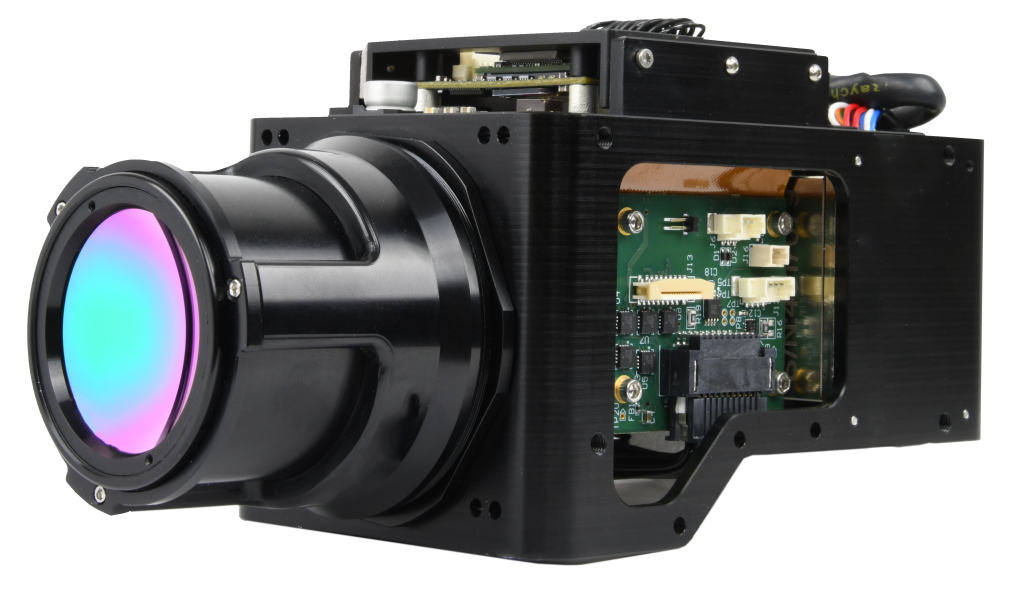
640 x 512
MWIR
Into the Future
Sierra-Olympia continues to invest in optical gas imaging technology. Long wave infrared OGI camera can operate for longer periods of time. By continuously monitoring an environment 24 hours a day, leaks can be detected and fixed in a shorter amount of time. Reach out to our sales team to learn about eligibility for continuous monitoring with the Viento OGI.

